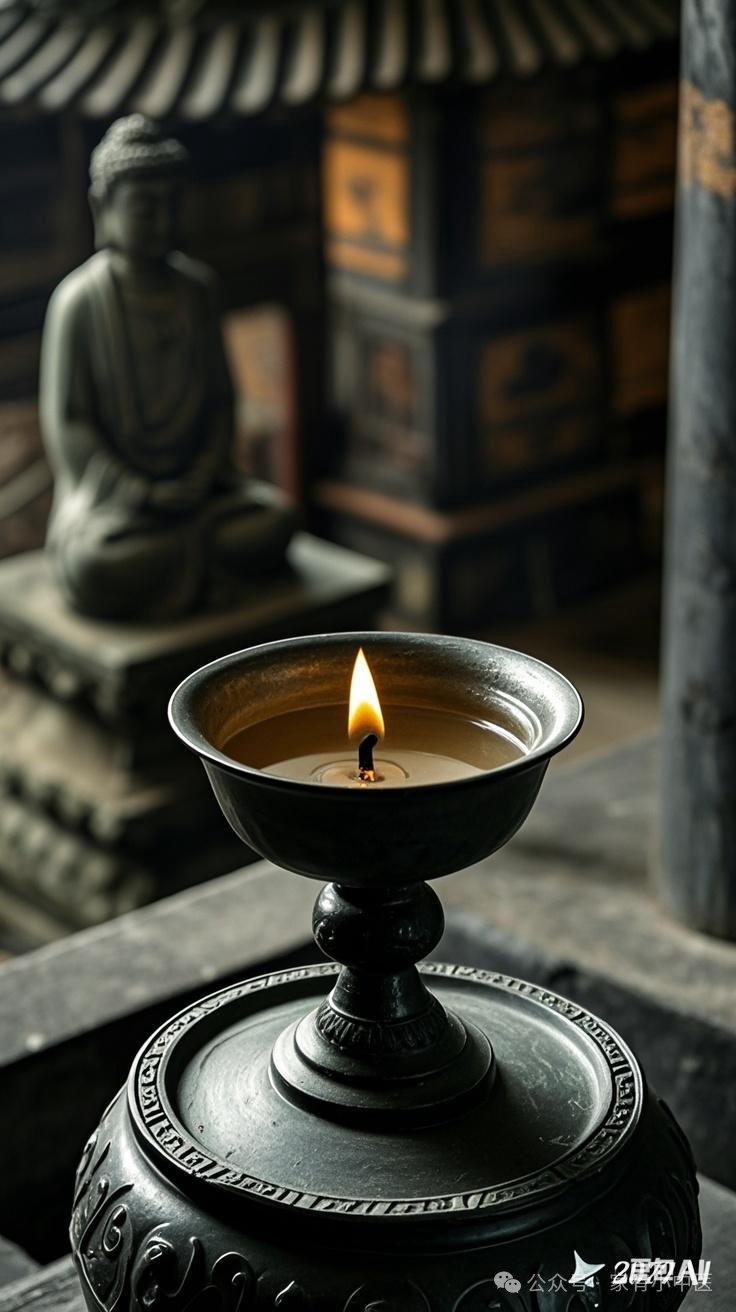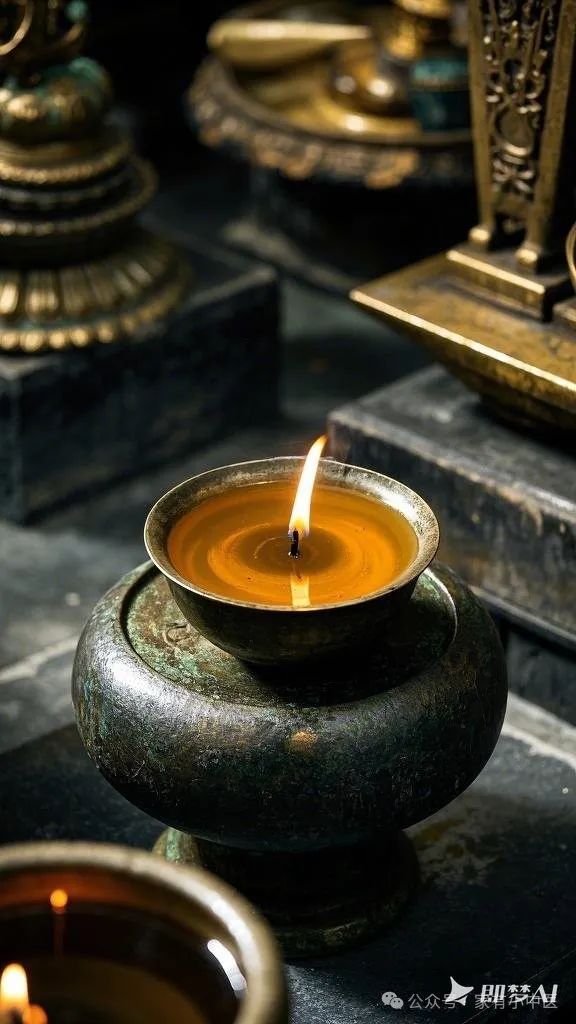1. The Core Relationship of Yin-Yang in Traditional Chinese Medicine: Opposition and Interdependence The theory of Yin-Yang in Traditional Chinese Medicine (TCM) posits that all things in nature contain interrelated yet opposing aspects of Yin and Yang. This relationship can be summarized with four key concepts: 1. Opposition and Restriction: Yin and Yang are like day and night, mutually restraining yet maintaining balance. For example, if the Yang energy (functional activity) in the human body is excessive, it can lead to the weakness of Yin fluids (material foundation), which is expressed as “when Yang is strong, Yin suffers; when Yin is strong, Yang suffers.” 2. Interdependence: Yin and Yang are mutually dependent and cannot exist without each other. The Huangdi Neijing states, “Yin is internal, guarding Yang; Yang is external, serving Yin,” similar to the oil (Yin) and fire (Yang) in an oil lamp: without oil, fire cannot burn; without fire, oil is merely a useless liquid. 3. Balance of Growth and Decline: Yin and Yang maintain harmony in a dynamic state. The changing of the seasons reflects this principle, with spring giving rise to summer (Yang grows, Yin diminishes) and autumn harvesting into winter (Yin grows, Yang diminishes), illustrating the natural law of Yin-Yang growth and decline. 4. Mutual Transformation: In extreme conditions, Yin and Yang can transform into one another. For instance, a high fever (excess Yang) may lead to exhaustion (deficient Yin), as expressed in the saying, “excessive Yang must lead to Yin, excessive Yin must lead to Yang.” — 2. The Oil Lamp Theory: The Interaction of Yin and Yang in Life Imagine a burning oil lamp:
 – Oil represents Yin: symbolizing the subtle substances of the body (such as blood and bodily fluids);
– Oil represents Yin: symbolizing the subtle substances of the body (such as blood and bodily fluids);
– Fire represents Yang: symbolizing the energy of life activities (such as body temperature and metabolism). The four stages of burning reveal the principles of Yin and Yang: 1. Initial Burning Stage (Yang Deficiency): Excess oil and weak fire, akin to a young person who stays up late and experiences “excessive fire,” appearing sensitive to heat while actually lacking sufficient Yang energy to fully “burn” the Yin fluids. This is similar to children; although they have sufficient Yin, their Yang is not deficient, but their overall function is relatively weak. 2. Flourishing Stage (Yin-Yang Balance): Oil and fire are in harmony, and the lamp burns brightly, corresponding to a healthy state—”when Yin is balanced, Yang is secret, and the spirit is treated.” This stage resembles the vitality of young adults in their twenties or thirties, where all functions are at their peak.

3. Diminishing Stage (Yin Deficiency): Insufficient oil and weak fire, similar to menopausal women experiencing “hot flashes and night sweats,” where insufficient Yin fluids lead to excessive Yang. At around forty, men may begin to experience erectile dysfunction and decreased sexual function… 4. Extinguished Stage (Both Yin and Yang Deficient): The oil is exhausted, and the lamp is dry, akin to the decline of organ function in old age, where both material and energy are depleted. This resembles an elderly person, emaciated and weak, at risk of extinguishing at any moment.

Insight: Health preservation is not merely about “nourishing Yin” or “strengthening Yang,” but rather about dynamically balancing them, much like adjusting an oil lamp according to its stage. For instance, those with Yang deficiency need to supplement fire and add oil (warming Yang + nourishing Yin), while those with Yin deficiency need to increase oil and reduce fire (nourishing Yin + subduing Yang). — 3. Kidney Yin and Kidney Yang: The Core of the Body’s “Oil Lamp” TCM holds that the kidneys are the “foundation of pre-natal essence,” housing the fundamental energy of life: – Kidney Yin: like the “oil reservoir” of the oil lamp, nourishing the entire body; when deficient, symptoms may include dry mouth, insomnia, and soreness in the lower back and knees; – Kidney Yang: like the “flame” of the oil lamp, driving function; when deficient, symptoms may include sensitivity to cold, edema, and fatigue. Common Misconceptions Among Patients: – “Am I Yin deficient or Yang deficient?” Answer: Initial stage shows cold sensitivity (Yang deficiency) → Mid-stage balance → Later stage shows dryness and heat (Yin deficiency) → Final stage shows weakness (both Yin and Yang deficiency). A comprehensive judgment should be made based on symptoms and constitution, rather than simple categorization. — 4. The Path to Health Preservation: Balancing Yin and Yang Like Caring for an Oil Lamp 1. Add Oil and Sustain Fire: Staying up late depletes Yin, and prolonged sitting injures Yang. Regular routines and moderate exercise are fundamental. 2. Protect Fire from Wind: Avoid excessive consumption of cold foods (which harm Yang) or spicy foods (which deplete Yin); foods like millet porridge (nourishing Yin) and ginger (warming Yang) can harmonize. 3. Regularly Trim the Wick: Emotional stress acts like “impurities”; meditation and moxibustion can help smooth Qi and blood, maintaining the flow of Yin and Yang. — Conclusion: Yin and Yang are not metaphysics but the crystallization of ancient wisdom observing nature. Understanding the “oil lamp signals” of the body can illuminate the path to lasting health. As stated in the Suwen: “Carefully observe where Yin and Yang reside and adjust them, aiming for balance.” (The TCM theories and cases referenced in this article are derived from the Huangdi Neijing, Jingyue Quanshu, and modern clinical research.)

